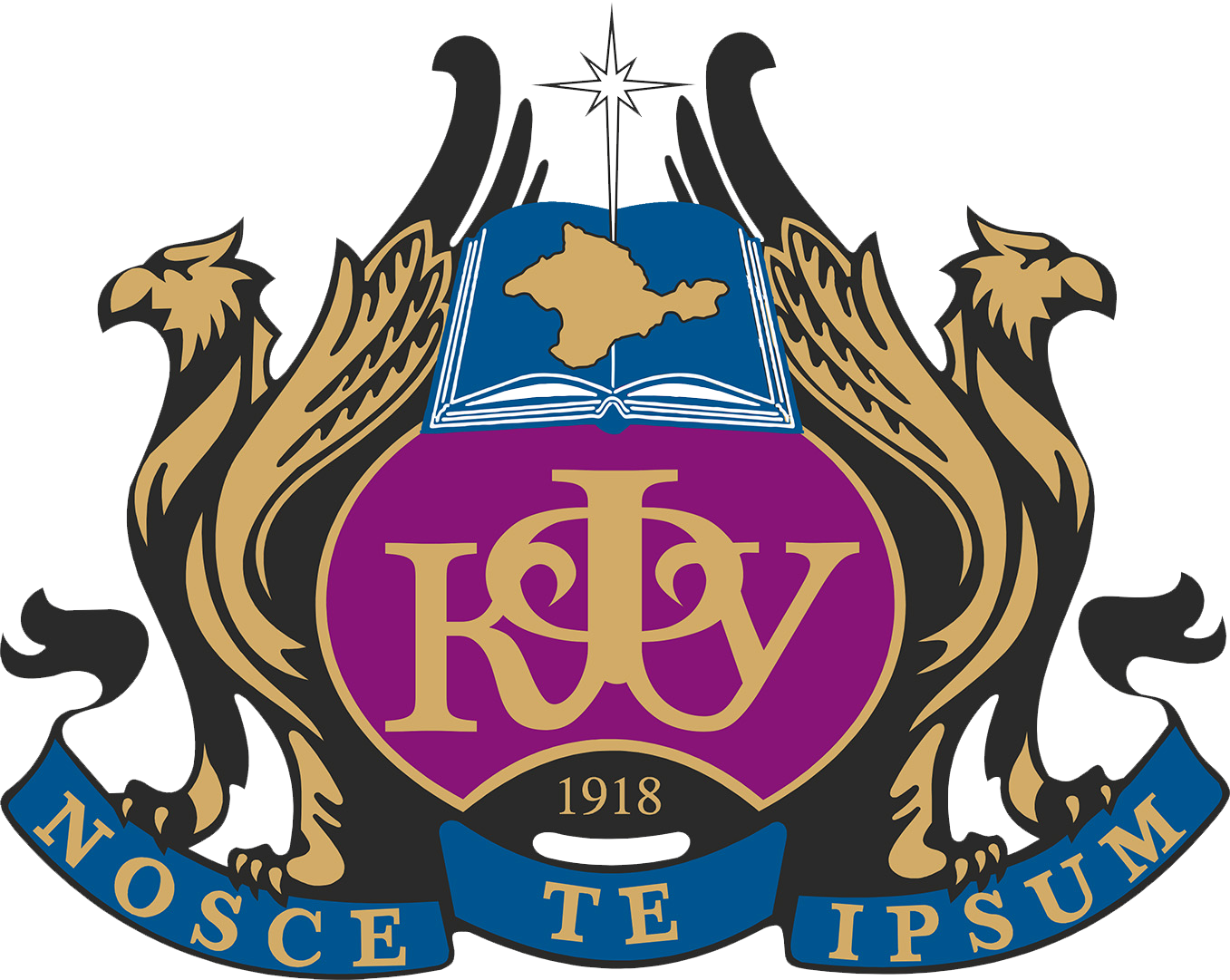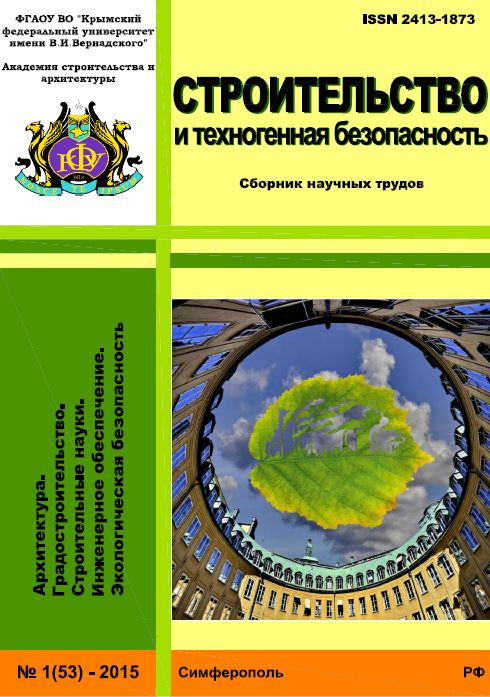Sevastopol, Sevastopol, Russian Federation
Sevastopol, Russian Federation
from 01.01.2022 to 01.01.2024
The paper presents the results of the study of photocatalytic activity under visible light of highly dispersed tungsten oxide powder WO3 obtained as a result of recycling of carbide products. Microstructural analysis of the tungsten oxide powder using scanning electron microscopy (SEM) before and after the photocatalysis process was performed. Test results of physical and mechanical properties (density, compressive strength, water absorption, total porosity) of cement matrix with different content of WO3 powder (1-5 wt.%) are presented. Preliminary analysis of the modified surface for self-cleaning properties was carried out. Subject: Cement matrix modified by photocatalyst based on highly dispersed tungsten oxide powder WO3. Materials and methods: Highly dispersed tungsten oxide powder (average particle size 40 to 200 nm) was used as a photocatalyst. Photocatalytic activity of WO3 powder was evaluated by determining the degree of degradation of model organic pollutant methylene blue with a concentration of 15 mg/L by photometric analysis of the solution using the device “Expert 003” at a wavelength of 654 nm. The microstructure of tungsten oxide powder was investigated on a PHENOM proX scanning electron microscope. Portland cement CEM II/A-P 42.5H SS was used for the fabrication of cement matrices with photocatalyst. Physical and mechanical properties of cement samples were determined according to standard methods of GOST 30744-2001, GOST 30744-2001. Results: The results showed that the photocatalytic activity of tungsten oxide powder increases with increasing its concentration in solution and time of irradiation with visible light. The maximum degradation of 89% dye, was observed when 5.0 g/l WO3 powder was added, 180 min after the start of the reaction. Addition of tungsten oxide powder to cement matrix leads to increase in density, compressive strength, decrease in water absorption and total porosity. Visual analysis of organic dye discoloration on the surface of the modified cement matrix is presumably related to the self-cleaning ability of the surface due to the photocatalytic properties of tungsten oxide. Conclusions: The use of highly dispersed tungsten oxide powder in cement matrices has great potential to create self-cleaning building materials with improved physical and mechanical properties as well as the ability to decompose polluting organic substances under the influence of visible light.
photocatalysis, highly dispersed powder, tungsten trioxide, cement material, self-cleaning, strength
1. Darkwah Williams Kweku, Odum, Bismark, Addae Maxwell, Koomson, Desmond, Kwakye Danso Benjamin, Oti-Mensah Ewurabena, Asenso, Theophilus, Buanya Beryl. Greenhouse Effect: Greenhouse Gases and
2. Guanyu Liu, Tianzheng Zhao, Hailiang Fei, Fen Li, Wenya Guo, Zhaolin Yao, Zhen Feng. A review of various self-cleaning surfaces, durability and functional applications on building exteriors // Construction and
3. Hassaan, M.A., El-Nemr, M.A., Elkatory, M.R. et al. Principles of Photocatalysts and Their Different Applications // A Review. Top Curr Chem (Z), 2023, 381. p. 31.
4. Dong Fan, Zhang Yuxin, Zhang Sen, Editorial: Photocatalysis for Environmental Applications // Frontiers in Chemistry. 2019, Vol. 7.
5. Seonghun Park, Yesub Keum, Jinhee Park. Ti-based porous materials for reactive oxygen species mediated photocatalytic reactions // Chem Commun (Camb), 2022. 58(5). pp.607-618.
6. Ionut Claudiu Roata, Catalin Croitoru, Alexandru Pascu, Elena Manuela Stanciu. Photocatalytic coatings via thermal spraying: a mini-review // AIMS Materials Science, 2019, 6(3). pp. 335-353.
7. . Nguyen Dac Dien, Pham Thi Thu Ha, Xuan Hoa Vu, Tran Thu Trang, Trinh Duc Thanh Giang and Nguyen Thi Dung. Developing efficient CuO nanoplate/ZnO nanoparticle hybrid photocatalysts for methylene blue
8. Kailun Chen, Fulin Qu, Yuhan Huang, Jack Cai, Fan Wu, Wengui Li, Advancing photocatalytic concrete technologies in design, performance and application for a sustainable future // Advanced Nanocomposites,
9. Gang Liao, Wu Yao, Anming She, Cheng Shi, Junqing Zuo, Delong Wu. Interfacial design of nano-TiO2 modified recycled concrete powder for building self-cleaning // Colloids and Surfaces A: Physicochemical and
10. Zhang Weibo, Chen Pinghua, Liu Jun, Huang NanNan, Feng Chenglian, Wu Daishe, Bai Yingchen. Effects of Different Delocalized π-Conjugated Systems Towards the TiO2-Based Hybrid Photocatalysts // Frontiers
11. Kannappan Panchamoorthy Gopinath, Nagarajan Vikas Madhav, Abhishek Krishnan, Rajagopal Malolan, Goutham Rangarajan. Present applications of titanium dioxide for the photocatalytic removal of pollutants
12. Tsang Chi, Li Kai, Zeng Yuxuan, Zhao Wei, Zhang Tao, Zhan Yujie, Xie Ruijie, Leung Dennis, Huang Haibao. Titanium oxide based photocatalytic materials development and their role of in the air pollutants
13. Gavrilova M., Gavrilova D., Evstropiev S., Shelemanov A., Bagrov I. Poristye keramicheskie nanoporoshki ZnO: osobennosti fotolyuminescencii, adsorbcii i fotokataliticheskie svoystva
14. Perez Nicolás María, Navarro Iñigo, Fernández J.M., Alvarez José. Atmospheric NOx removal: Study of cement mortars with iron- and vanadium-doped TiO2 as visible light–sensitive photocatalysts // Construction
15. Xu Yun, Song Xu, Jiang Shumei, Wei Chao-Hai. Enhanced photocatalytic activity of Pt-doped TiO2 for NOx oxidation both under UV and visible light irradiation: A synergistic effect of lattice Pt4+ and surface PtO
16. Xiangyu Chen, Lige Qiao, Rixu Zhao, Jianhao Wu, Jingyang Gao, Lan Li, Jinchao Chen, Wen Wang, Melissa G. Galloni, Federico M. Scesa, Zhi Chen, Ermelinda Falletta. Recent advances in photocatalysis
17. L. Jing, W.J. Ong, R. Zhang, E. Pickwell-MacPherson, C.Y. Jimmy. Graphitic carbon nitride nanosheet wrapped mesoporous titanium dioxide for enhanced photoelectrocatalytic water splitting // Catalysis Today,
18. Quan Haiqin, Gao Yanfeng, Wang Wenzhong. Tungsten oxide-based visible light-driven photocatalysts: Crystal and electronic structures and strategies for photocatalytic efficiency enhancement // Inorganic
19. N.C. Zheng, T. Ouyang, Y. Chen, Z. Wang, D.Y. Chen, Z.Q. Liu. Ultrathin CdS shell-sensitized hollow S-doped CeO2 spheres for efficient visible-light photocatalysis // Catal. Sci. Technol., 2019, 9 (6). pp.
20. L. Wei, Z. Guo, X. Jia. Probing photocorrosion mechanism of CdS films and enhancing photoelectrocatalytic activity via cocatalyst // Catal. Lett., 2021, 151 (1). pp. 56-66.
21. Xu Xuan, Sun Yaofang, Fan Zihong, Zhao Deqiang, Xiong Shimin, Zhang Bingyao, Zhou Shiyu, Liu Guotao. Mechanisms for ·O2- and ·OH Production on Flowerlike BiVO4 Photocatalysis Based on Electron Spin
22. M.G. Galloni, E. Ferrara, E. Falletta, C.L. Bianchi. Olive mill wastewater remediation: from conventional approaches to photocatalytic processes by easily recoverable materials // Catalysts, 2022, 12 (8). p. 923.
23. R. He, X. Huang, J. Zhang, Y. Geng, H. Guo. Preparation and evaluation of exhaust-purifying cement concrete employing titanium dioxide // Materials, 2019, 12 (13). p. 2182.
24. Han, B., Zhang, L., Ou, J. Photocatalytic Concrete. In: Smart and Multifunctional Concrete Toward Sustainable Infrastructures. Springer, Singapore. 2017. P. 400.
25. Sun Jinfeng, Tian Liang, Yu Zhuqing, Zhang Yu, Li Chengdong, Hou Guihua, Shen Xiaodong. Studies on the size effects of nano-TiO2 on Portland cement hydration with different water to solid ratios // Construction
26. M. Janus, S. Mądraszewski, K. Zając, E. Kusiak-Nejman, A.W. Morawski, D. Stephan, D Photocatalytic activity and mechanical properties of cements modified with TiO2/N // Materials, 2019, 12 (22). p. 3756.
27. Patent na izobretenie «Sposob polucheniya nanodispersnyh poroshkov» 2763814 C1, 11.01.2022. Zayavka № 2021102205 ot 29.01.2021






